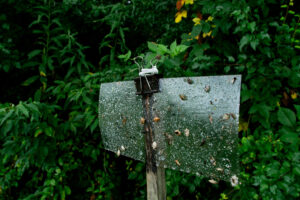
WNC Orchard Insect Pest Populations - September 7, 2023
With apple harvest fully underway, this will be the last insect update of 2023. During the past 7 to 8 …



El inglés es el idioma de control de esta página. En la medida en que haya algún conflicto entre la traducción al inglés y la traducción, el inglés prevalece.
Al hacer clic en el enlace de traducción se activa un servicio de traducción gratuito para convertir la página al español. Al igual que con cualquier traducción por Internet, la conversión no es sensible al contexto y puede que no traduzca el texto en su significado original. NC State Extension no garantiza la exactitud del texto traducido. Por favor, tenga en cuenta que algunas aplicaciones y/o servicios pueden no funcionar como se espera cuando se traducen.
Inglês é o idioma de controle desta página. Na medida que haja algum conflito entre o texto original em Inglês e a tradução, o Inglês prevalece.
Ao clicar no link de tradução, um serviço gratuito de tradução será ativado para converter a página para o Português. Como em qualquer tradução pela internet, a conversão não é sensivel ao contexto e pode não ocorrer a tradução para o significado orginal. O serviço de Extensão da Carolina do Norte (NC State Extension) não garante a exatidão do texto traduzido. Por favor, observe que algumas funções ou serviços podem não funcionar como esperado após a tradução.
English is the controlling language of this page. To the extent there is any conflict between the English text and the translation, English controls.
Clicking on the translation link activates a free translation service to convert the page to Spanish. As with any Internet translation, the conversion is not context-sensitive and may not translate the text to its original meaning. NC State Extension does not guarantee the accuracy of the translated text. Please note that some applications and/or services may not function as expected when translated.
Collapse ▲
With apple harvest fully underway, this will be the last insect update of 2023. During the past 7 to 8 …
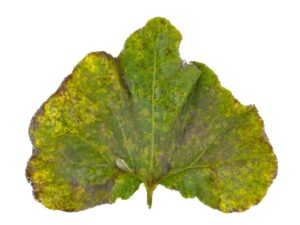
Written by Md Ziaur Rahman Bhuiyan and Lina M. Quesada-Ocampo. Cucurbit downy mildew (CDM) is caused by an obligate oomycete, …
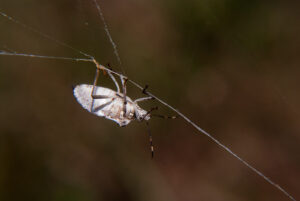
Emergence of first generation adults of the brown marmorated stink bug ranges from about 15% (Henderson County) to 67% …
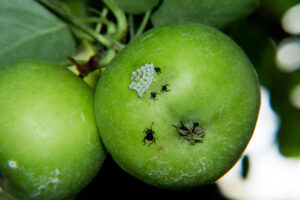
Based on the degree-day model, emergence of the brown marmorated stink bug is underway in most areas, with DD …
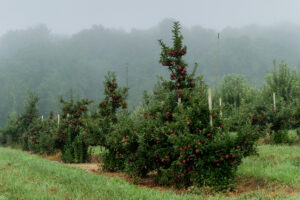
We are approaching that time of the year when codling moth and oriental fruit moth (OFM) populations become less …
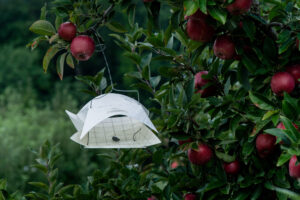
I apologize for the delayed update this week, but travel and field work has set us behind. The pest …
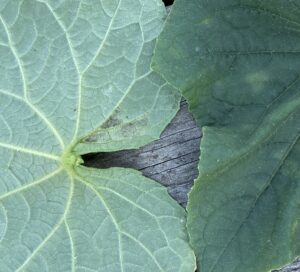
Cucumber downy mildew (CDM) has been confirmed on cucumber plant samples from a research plot at the Mountain Research …

Egg hatch of the second and third generation of codling moth and oriental fruit moth are about 25% complete, …

Vegetable growers in western North Carolina: Be on the lookout (BOLO) for late blight on tomato and cucurbit downy …
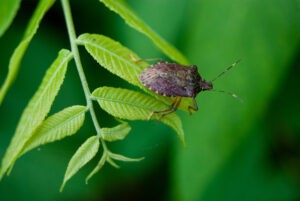
The pest situation is similar to last week, with second generation codling moth egg hatch about 15% complete in …
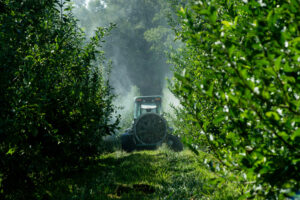
Codling moth populations remain low in the vast majority of orchards, and under those conditions a single insecticide targeting …
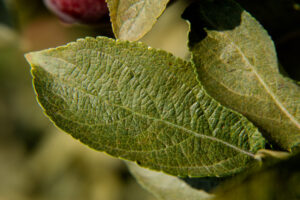
In lower elevation orchards (e.g., Cleveland County and nearby locations), second generation codling moth is at about 12% egg …

Throughout the region, we are still in the period when the threat of damage by direct pests, including codling …
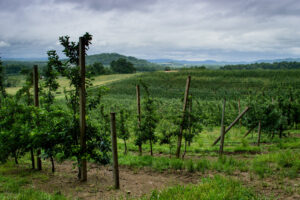
Across the region, we are in a period where the three major direct pests (codling moth, oriental fruit moth …

Henderson County Commercial Vegetable & Small Fruit agent Karen Blaedow was recognized this week with the NC State University …

At this time, the major pest of concern is first generation tufted apple bud moth (TABM) in Henderson County …
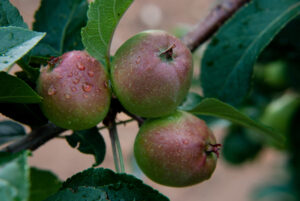
June 6, 2023 In Henderson County and similar elevations, first generation codling moth is still a potential threat. With about 650 DD …
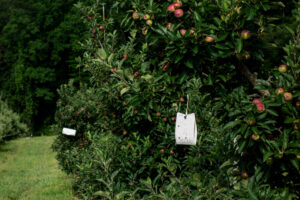
Codling moth: Based on degree-day accumulations, first generation egg hatch of codling moth is about 25% and 61% complete in Henderson and …

A familiar face is back in the N.C. Cooperative Extension, Henderson County Center beginning June 1. Isaac Wyatt will begin …
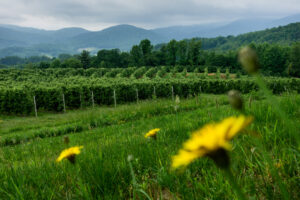
As has been the case for the past couple of weeks, and will be for the next few weeks, …

This publication offers information on phytoplasmas, organisms that multiply in the phloem of strawberry plants …

Black root rot is caused by a complex of pathogens. These pathogens cause damage to …

The symptoms and treatment techniques of southern stem blight in strawberries are discussed in this …


This factsheet covers leaf scorch, a fungus that weakens strawberry leaves and plants.

Leather rot, though occurring rarely in North Carolina, can cause substantial losses of fruit yield. …

Anthracnose is an important disease of strawberry with all parts of the plant (fruit, crowns, …

Gnomonia causes leaf blotch and stem-end rot of strawberry. The pathogen typically is introduced on …